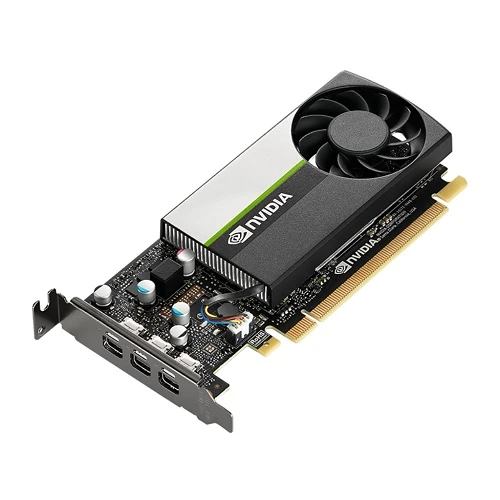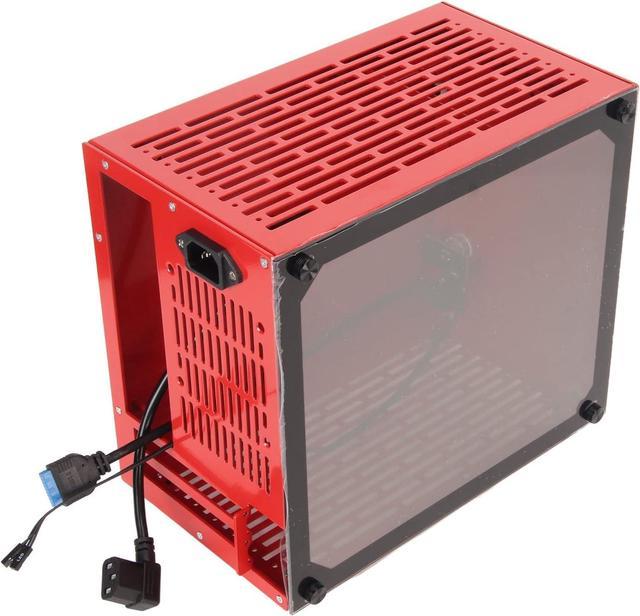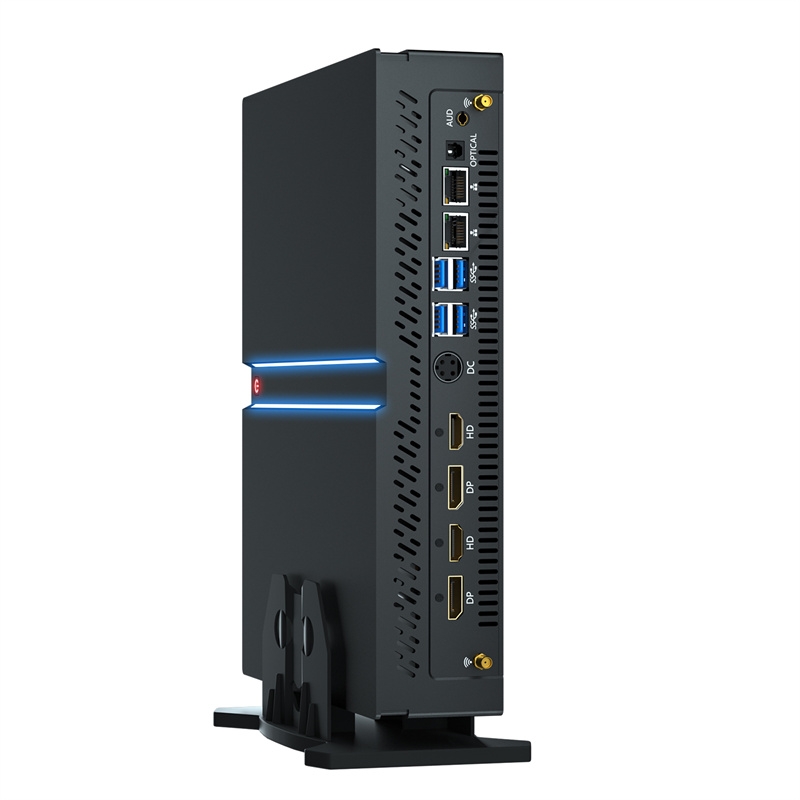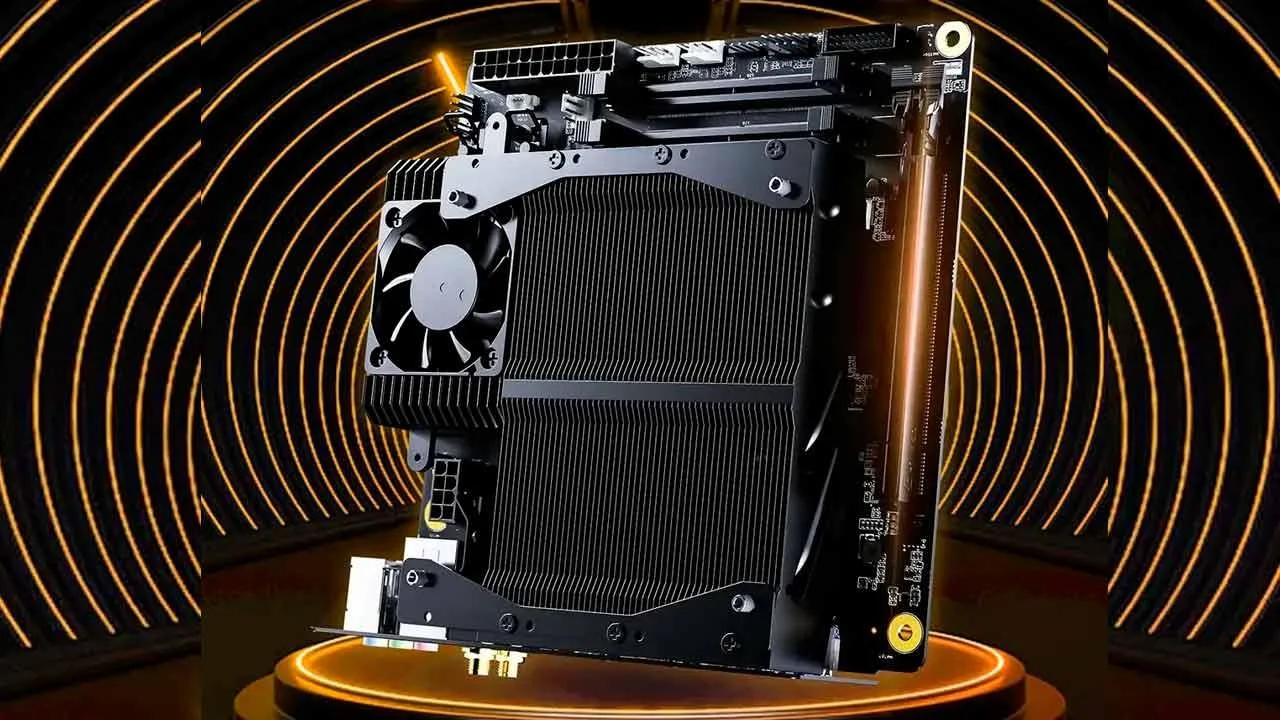The modern Mini PC has become a popular choice for users seeking a compact, space-saving computer without sacrificing performance. Whether it’s for gaming, graphic design, or video editing, the right graphics card (GPU) plays a crucial role in determining a Mini PC’s capabilities. Identifying a GPU that fits physically, meets power requirements, and provides the performance you need can be a challenge. This guide will help you navigate these challenges, ensuring you select the best graphics card for your Mini PC setup.
Understanding Mini PC Requirements
Physical Size and Compatibility
Before exploring GPU options, acknowledge the size constraints of a Mini PC. Not all graphics cards will fit the smaller cases. You need to know the measurements of your Mini PC’s internal space and compare those with the dimensions specified for the GPU. Low-profile and mini-ITX graphics cards are designed specifically for compact systems and are more likely to be good fits.
Power Supply Limitations
Mini PCs typically come with lower-wattage power supplies. Each graphics card requires a certain amount of power and the right power connectors to function properly. Check your Mini PC’s power supply unit (PSU) for its total wattage and available connectors, and then match these with the specifications of the graphics card you consider. Some GPUs may require you to upgrade your Mini PC’s PSU or look for a model better suited to the existing power constraints.

Evaluating Performance Needs
Determining Your Use Case
Graphics cards vary drastically in performance, from budget-friendly options suitable for basic tasks to high-end beasts designed for intensive gaming and 3D rendering. Be clear about what you’ll use your Mini PC for. If you’re into casual gaming or general media consumption, a mid-range GPU will suffice. For high-end gaming, VR, or professional media creation, you’ll need a more powerful card with higher memory and faster processing.
Looking at GPU Specifications
While shopping for a graphics card, pay attention to core specs such as GPU clock speed, video memory (VRAM), memory type, and bandwidth. These will provide a broad idea of the card’s performance. Generally, more VRAM is beneficial for playing games at higher resolutions and for tasks that require rendering complex visuals. Reading professional reviews and comparing benchmark scores can also give you a better understanding of how a GPU performs in real-world scenarios.

Compatibility with Other Hardware
Balancing GPU and CPU
Ensure that the GPU you choose is balanced with your Mini PC’s central processing unit (CPU). A high-end GPU paired with a weak CPU, or vice versa, can lead to a bottleneck where one component limits the performance of the other. Aim to match the performance levels of both components to get the most out of your system without unnecessary restrictions or overkill.
Considering RAM and Storage
The system’s memory (RAM) and storage configuration can also affect the general performance of your Mini PC in conjunction with the GPU. While the GPU handles its own video memory, system memory and storage speed can influence load times, multitasking abilities, and overall system responsiveness. Make sure your Mini PC has enough RAM and fast enough storage (such as an SSD) to complement the capabilities of the new graphics card.

Practical Considerations
Budget Constraints
Graphics cards can range from under a hundred to over a thousand dollars. Establish what you’re comfortable spending before you start looking. A good practice is to set a maximum budget and look for the best performing graphics card within that price range, balancing cost with the needs of your use case.
Future-Proofing Your Investment
Consider how future-proof a graphics card is while making your choice. Technology evolves rapidly, and buying a GPU that just meets your current needs may mean you’ll need to upgrade sooner than you’d like. If budget allows, selecting a slightly more powerful GPU can prolong the relevance of your Mini PC for future games and applications. Look out for newer GPUs with recent technologies such as ray tracing and AI-driven image enhancement features.

Cooling Solutions and Acoustic Performance
When choosing a graphics card for your Mini PC, don’t overlook the cooling solutions and potential noise levels. Compact systems have less space for airflow, making efficient cooling crucial to prevent overheating. Look for GPUs with efficient cooling systems, preferably those designed for small form factor cases. Some GPUs are equipped with advanced cooling technologies that offer better temperature management without significantly increasing noise. A quiet, well-cooled GPU not only ensures stable performance but also enhances your overall computing experience by maintaining a low noise level, which is particularly important in work environments or during immersive gaming sessions.
Connectivity Options
The variety and type of connections offered by your chosen GPU play a vital role, especially in a Mini PC setup where space and expansion slots are limited. Ensure the graphics card has the right type and amount of ports to accommodate your monitor setup. Most modern GPUs provide a mix of DisplayPort, HDMI, and sometimes USB-C outputs, allowing for multiple monitors and high-resolution displays. If you’re planning a multi-monitor setup or intend to use VR headsets, check the connectivity options to ensure compatibility. Additionally, consider future needs; opting for a GPU with versatile connectivity can save you from needing adaptors or facing limitations if you decide to upgrade your display configuration later.

Software, Driver Support, and Manufacturer Warranty
Investigate the software and driver support offered by the GPU manufacturer. Regular driver updates are crucial for maintaining performance, compatibility with new games and applications, and security. Some manufacturers also offer proprietary software tools that enhance the functionality of their cards, providing features like GPU overclocking, performance monitoring, and customizable lighting controls. Opting for a brand known for reliable driver support and useful software utilities can enhance your Mini PC’s performance and usability.
Choosing the right graphics card for a Mini PC is a task that demands careful consideration of physical constraints, performance needs, hardware compatibility, and your financial boundaries. By understanding the specific demands of your Mini PC and the tasks you expect to accomplish, you can make an informed decision that balances all these factors effectively. Remember that technological landscapes change quickly, so it’s also wise to consider the longevity of your purchase. With the correct approach, you’ll find a GPU that fits your Mini PC beautifully and delivers the visual performance you desire, ensuring a satisfying user experience and a worthwhile investment.
